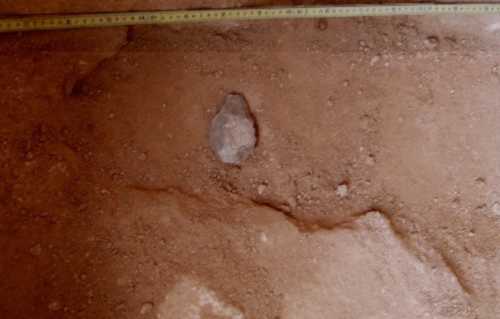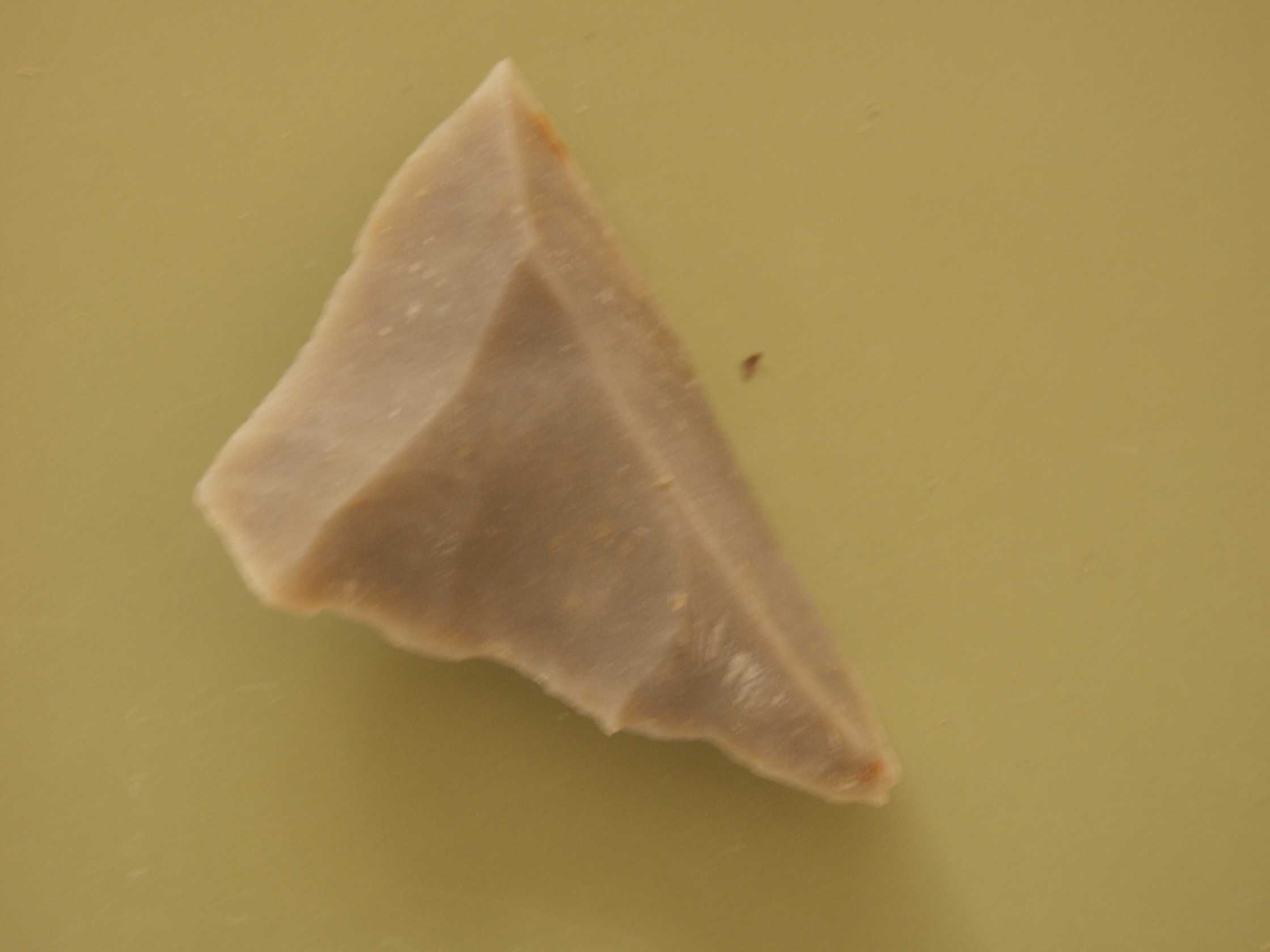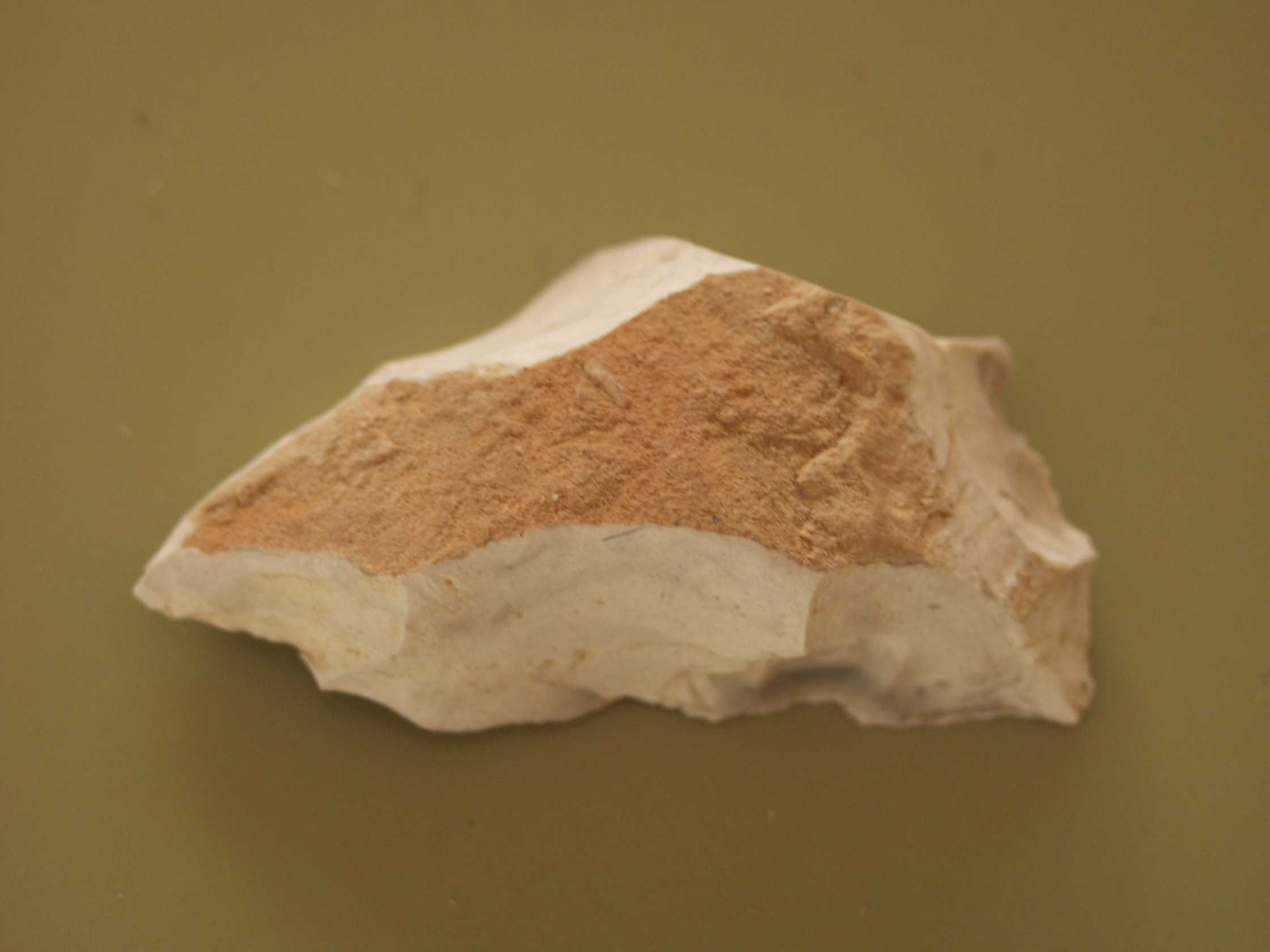CUEVA NEGRA DEL ESTRECHO DEL RÍO QUÍPAR (Black Cave of the River
Quípar Gorge)
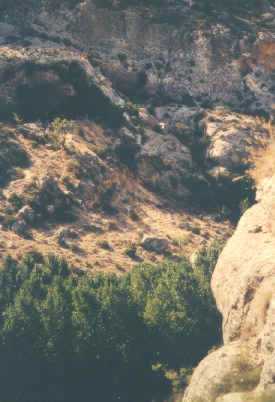
Cueva Negra del Estrecho
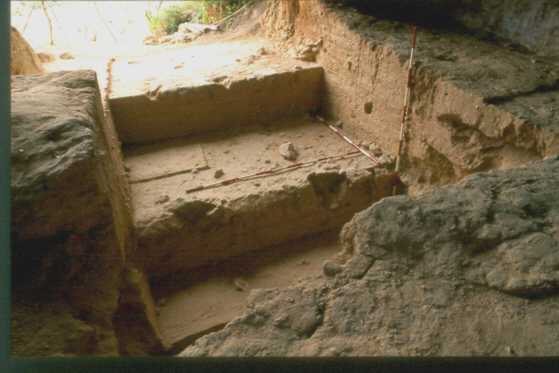
Until
2004 we had been content to regard the site as later Middle or even early Upper
Pleistocene, as several of our early publications testify; we even suggested
the pollen analysis supported it. Since 2003, however, it became increasingly
clear that the site is very much older. An age of half-a-million years ago
began to seem likely from preliminary optical sediment luminescence (OSL)
determinations at
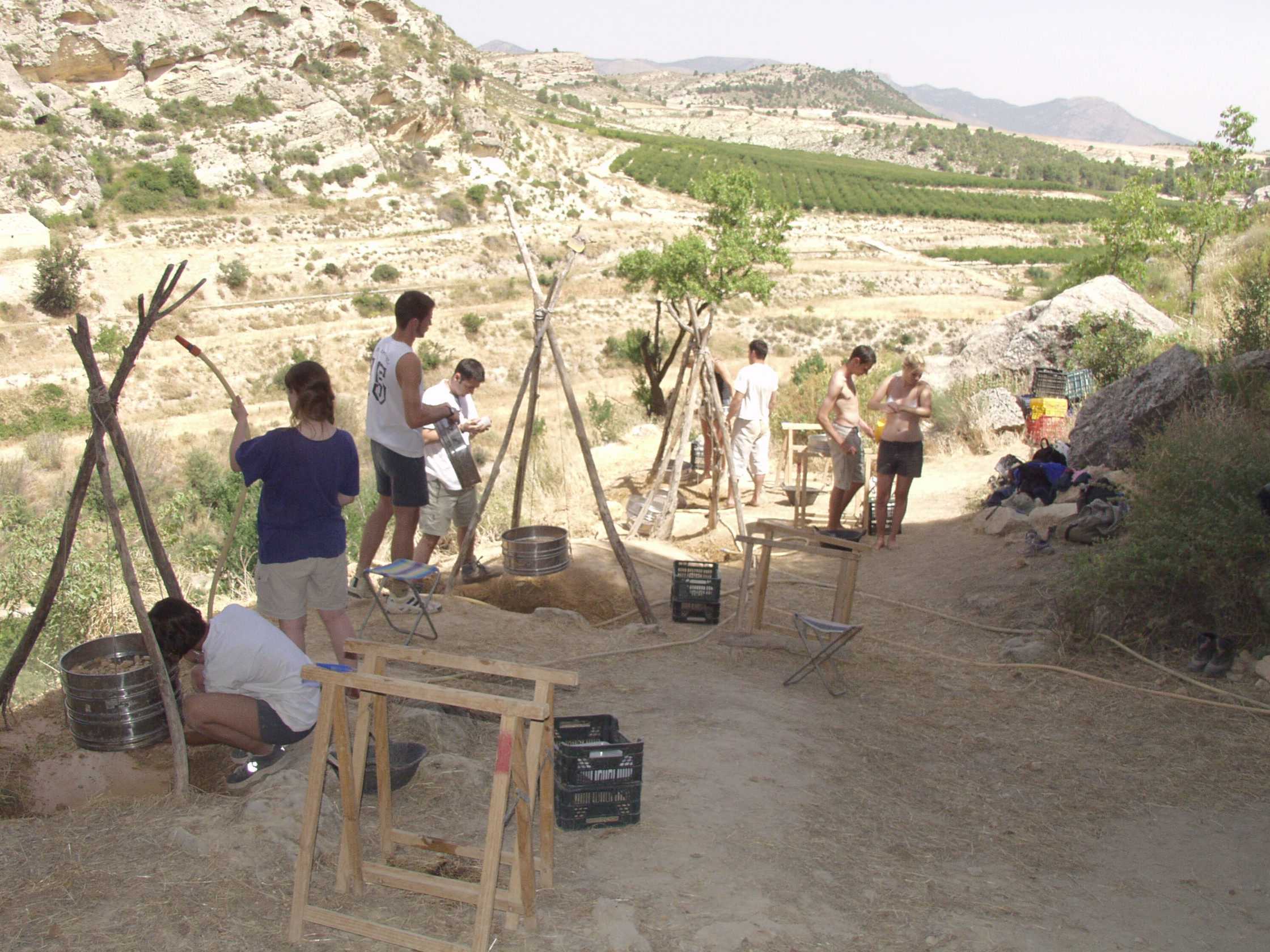
In 1981 preliminary soundings were made in
the cave, though it was not until 1990 that systematic excavation began at the
site. The first target was to establish an excavation area and to evaluate its
stratigraphy. The northeastern half of the rock-shelter was chosen for this
purpose, because in the southwestern half there was both a deep pit, dug as a
hide-out at the end of the Spanish Civil War (1936-1939) that had been extended
by the 1981 exploration, and a deep solution fissure alongside the western rock
wall of the cave. In 1990, excavation was confined to the interior of the
north-eastern half of the rock-shelter, behind enormous boulders that had
fallen from the roof of the cave mouth, but these were broken up in 1991 so
that archaeological excavation could extend from inside the rock-shelter
outwards to the cave mouth. Just outside the cave mouth there we found traces
of what seems to have been the base of a small temporary hut for a shepherd,
built as a lean-to against the fallen boulders, where we excavated an iron
clasp-knife and modern pottery.

The finds
Among the remains found, the hominid
fossils are of particular importance, including six teeth, all with
morphological characteristics that point to the Neanderthal folk (Homo neanderthalensis) and their
immediate fore-runners (known as Homo heidelbergensis), which formed a lineage in Europe
that was quite different and separate from the one which gave rise in Africa to
a less robust human form which is Homo sapiens (us, in short!).
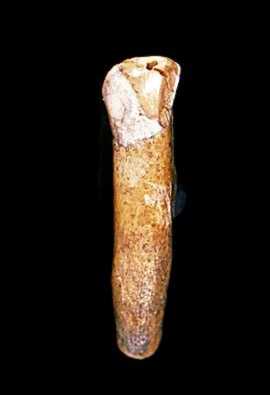
The larger mammals include
elephantids, rhinocerotids and megaceroids (giant deer), bison, aurochs,
macaque, hyaena, horse, ibex, boar and
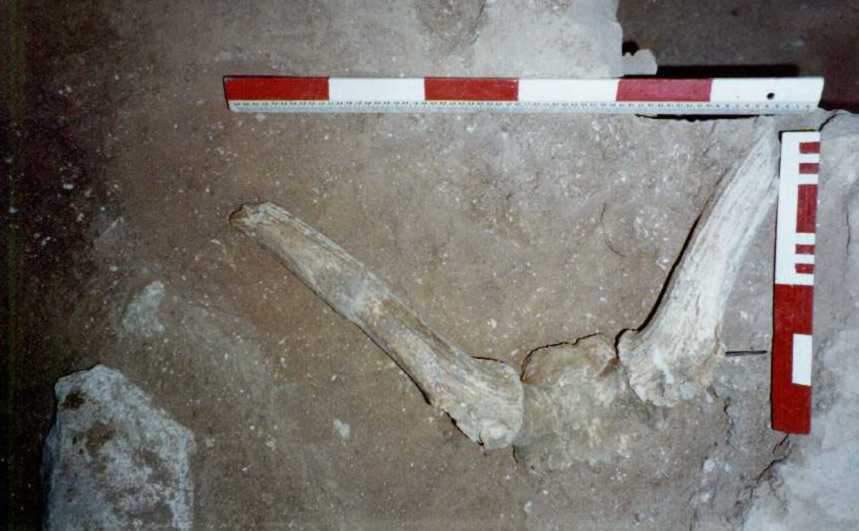
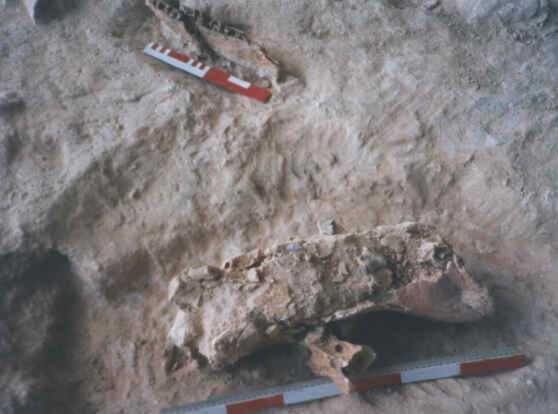
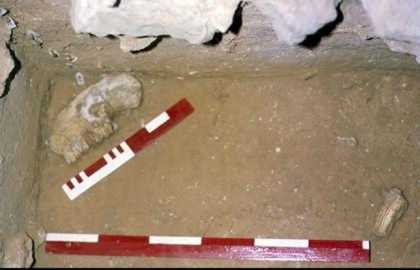
Excavation of sealed
levels has demonstrated the presence together of Palaeolithic artefacts of both
Acheulian bifacial core-tool type (hand-axe) made by fashioning limestone
cobbles, flakes removed by Levalloisian reduction of chert and limestone cores
(ending up as so-called discoidal cores) and artifacts with abrupt Mousterian
retouched edges. Often flakes were retouched as scrapers and denticulate or
notched pieces. The raw materials come mainly from nearby conglomerate
outcrops, though some better-quality flint may have been brought from further
afield (maybe from a flint outcrop near the village of Los Royos de Arriba,
about
